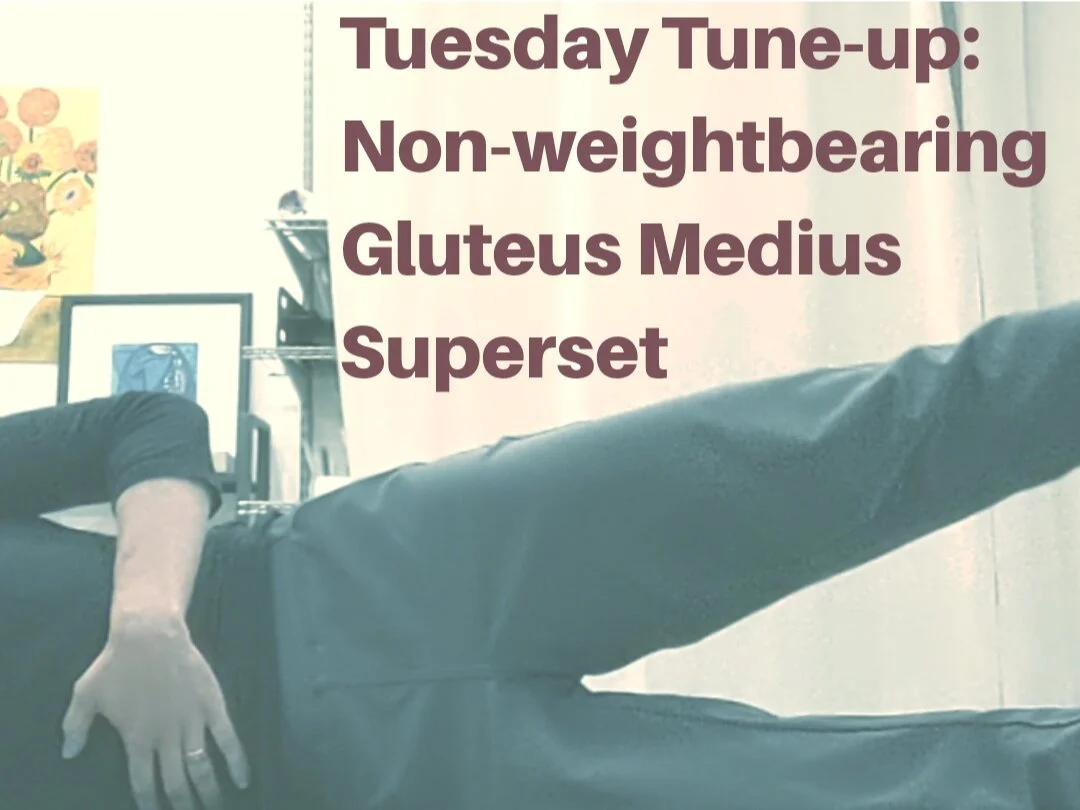Really want to get your hips strong for walking, hiking, running and any sports that require you to be on one leg? These exercises are for you! Injured and limited in your running abilities? Do these to be ready to hit the ground running? Want to fatigue less easily and be less likely to get injured while running? This superset of gluteus medium non-weightbearing endurance and motor control exercises will get you well on your way. Bonus it will also work on your back stability, strength, conditioning, control, and endurance! Yes!
Be aware, this is not a beginner exercise, but helpful for those looking to take their health to the next level of endurance and more thorough strength. Reach out to Artisan PT for a remote wellness consultation via video or schedule a wellness or physical therapy visit at our Los Angeles office to see what exercises are best for you, at this moment of time.
We are currently doing Tuesday Tune-ups on our Instagram feed and IGTV. Follow us at @artisanphysical to make sure you don’t miss out. As appropriate, we will do our best to also upload to our Artisan Physical Therapy YouTube channel as well. Make sure to subscribe to our YouTube channel to get notifications about new videos on how to live your healthiest life. Don’t miss out.
That’s our goal at Artisan PT: to partner with you to optimize your health for a lifetime.
Thank for reading and watching,
Elle
(owner, doctor of physical therapy, fellow in orthopedic manual PT)
(PS: These hip abduction/abductor exercises are helpful for preventing pain and improving tolerance to running, walking, hiking, skateboarding, soccer, ultimate frisbee, basketball, volleyball, triathlon, mountain biking, yoga, dancing, and anything else you spend time on one leg!)

